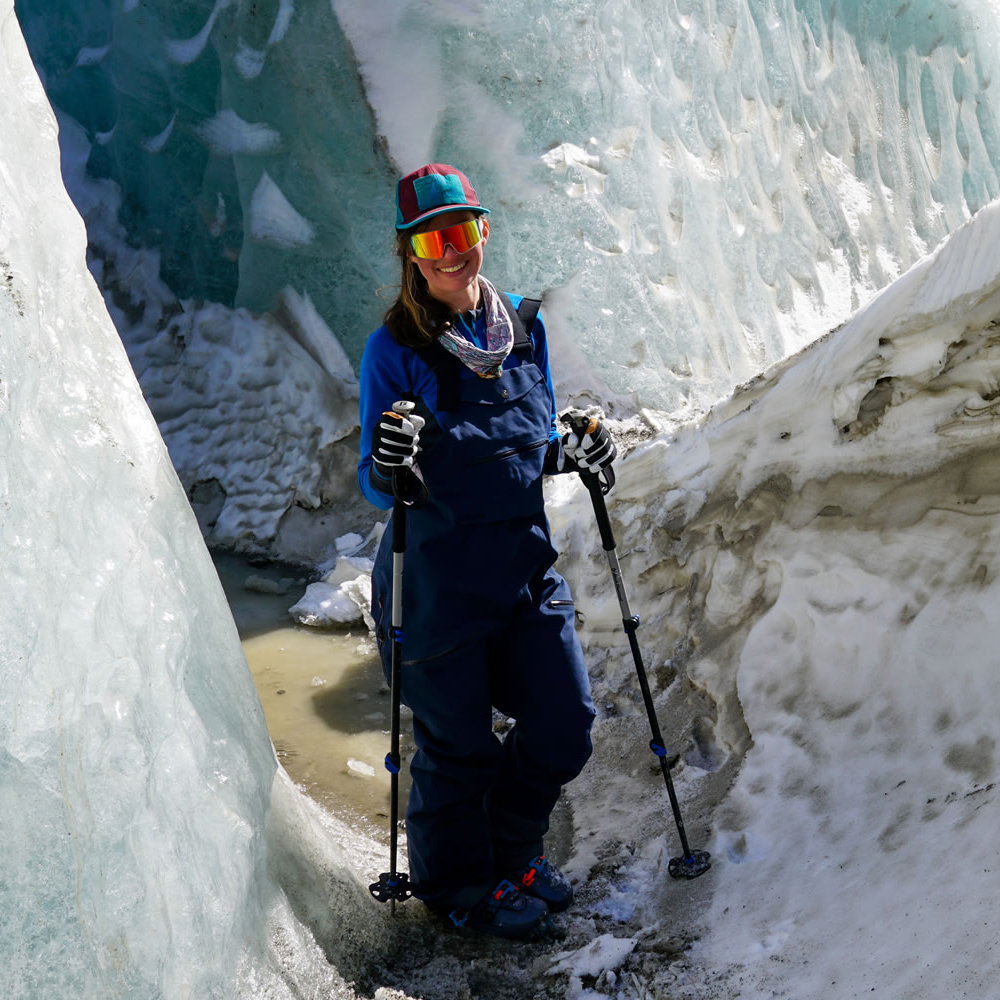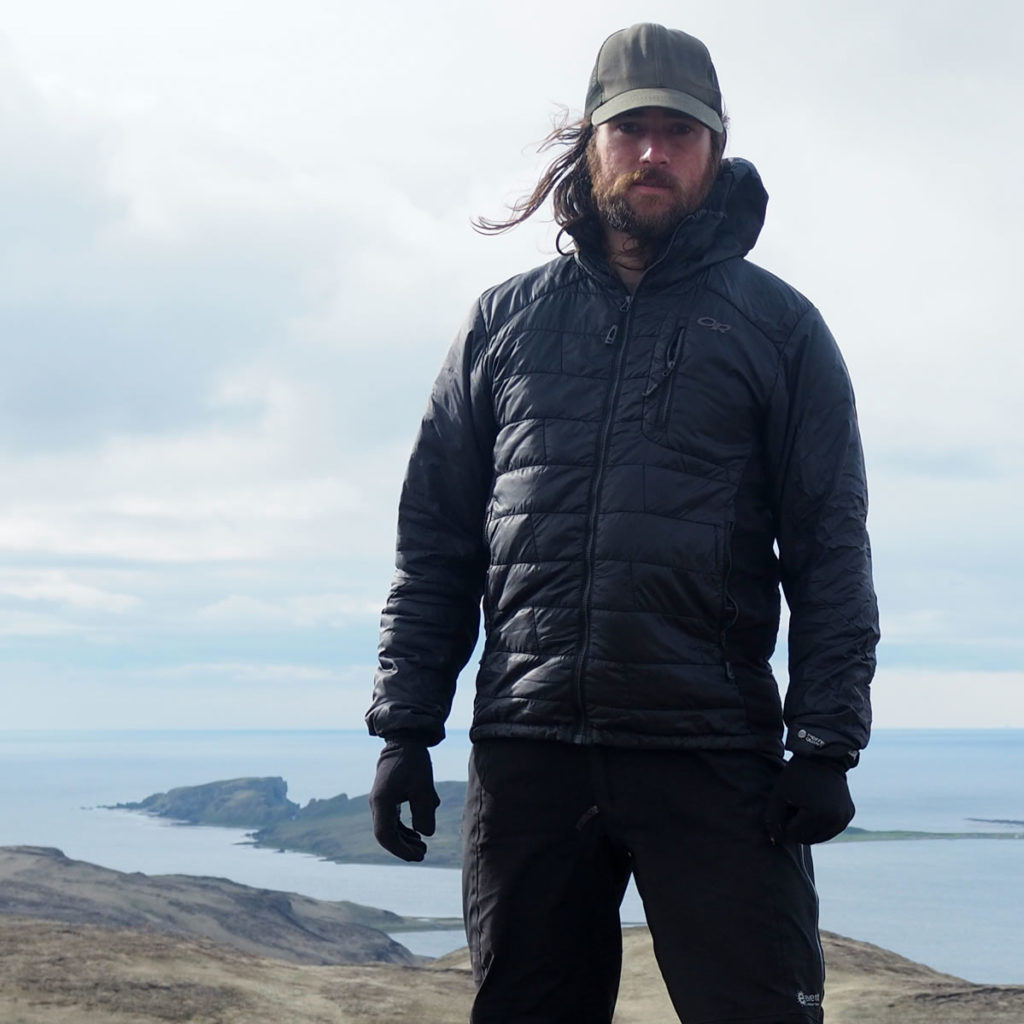Landscape Maps to Support Wildlife Research
Sustaining healthy herbivore populations requires us to understand their habitat and food resources. Unfortunately, existing products lack the spatial and ecological resolutions to represent the landscape as animals see it. That’s why we’ve created continuous foliar cover maps and accompanying methods to collect, store, and analyze habitat and forage data. Our goal is to provide biologists with high-quality, innovative spatial products they can use to meet their research and management objectives. At the same time, we hope to help other researchers do the same: our foliar cover maps are publicly available and free to use, and we share repeatable code for all of our analyses on our code repository.
Current Projects
Mapping forage biomass for moose in the Alphabet Hills
Collaborators: Kristin Denryter and Don Spalinger, Wildlife Nutrition Lab, ADF&G
Research Objectives: Quantify summer food availability by species and bite size for moose in the Alphabet Hills region.
Methods: We are producing maps of edible forage biomass per species and bite size by linking field observations of bite size and available biomass to a gradient representation of vegetation community.
Expected Results: Our map will allow us to understand how much food is available for moose and how both availability and diet diversity varies over space. Because part of the study area is in a prescribed burn, we can use our results to understand how food availability is affected by fire history and habitat management techniques.
Completed Projects
Calving habitat selection of moose in Bristol Bay
Collaborators: Kassidy Colson and Jeff Stetz (ADF&G); Andy Aderman & Paul Schuette (USFWS)
Research Objectives: Quantify and map calving season habitat for maternal and non-maternal moose in the Bristol Bay region.
Publication: Droghini, A., T.W. Nawrocki, J.B. Stetz, P.A. Schuette, A.R. Aderman, and K.E. Colson. 2024. Variation in habitat selection among individuals differs by maternal status for moose in a region with low calf survival. Ecosphere 15:e70069. https://doi.org/10.1002/ecs2.70069
Click the title slide image below to watch a talk presented by Amanda on December 1st, 2021, on our work quantifying calving habitat selection for maternal and non-maternal females in Bristol Bay.
Our Expertise
Amanda Droghini

Amanda Droghini is a data manager with a background in wildlife ecology. She obtained her B.S. from McGill University and her M.S. from the University of Alberta. Her thesis considered the effects of snow conditions and human linear features on the movements of grey wolves. Amanda is an experienced programmer with knowledge of R, Python, SQL, and GIS. She enjoys the challenge of wrangling large, messy datasets into a product that is user-friendly and ready for analyses.
Timm Nawrocki

Timm Nawrocki is a terrestrial ecologist, botanist, and programmer. He received a B.S. in Biology from the University of Virginia and a M.S. in Biological Sciences from the University of Alaska Anchorage. For his graduate thesis, he developed maps of continuous foliar cover for six plant species on the North Slope. Timm has over 10 years of experience studying plants in interior and Arctic Alaska. He is fluent in Python, R, SQL, Javascript, GIS, and web development.
Publications & Datasets
Droghini, A., T.W. Nawrocki, J.B. Stetz, P.A. Schuette, A.R. Aderman, and K.E. Colson. 2024. Variation in habitat selection among individuals differs by maternal status for moose in a region with low calf survival. Ecosphere 15:e70069. https://doi.org/10.1002/ecs2.70069
Nawrocki, T.W., M.L. Carlson, A.F. Wells, M.J. Macander, E. Jamie Trammell, F.D.W. Witmer, C.A. Roland, D.K. Swanson. 2021. Continuous Foliar Cover of Plant Species and Aggregates in North American Beringia. Map User Guide and Accuracy Assessment. Version 1.0 (May 2021). Available on the ACCS Catalog.
Droghini, A., and T.W. Nawrocki. 2021. Habitat Selection of Moose during Calving Season in Southwest Alaska. Git Repository. Available: https://github.com/accs-uaa/southwest-alaska-moose
Nawrocki, T.W., M.L. Carlson, J.L.D. Osnas, E.J. Trammell, and F.D.W. Witmer. 2020. Regional mapping of species-level continuous foliar cover: beyond categorical vegetation mapping. Ecological Applications. DOI:10.1002/eap.2081.
Nawrocki, T., M. Carlson, J. Osnas, J. Trammell, and F. Witmer. 2019. Foliar cover models for five common plant species in arctic Alaska circa 2014 (30 m). Knowledge Network for Biocomplexity. DOI:10.5063/F1ZW1J8P.


